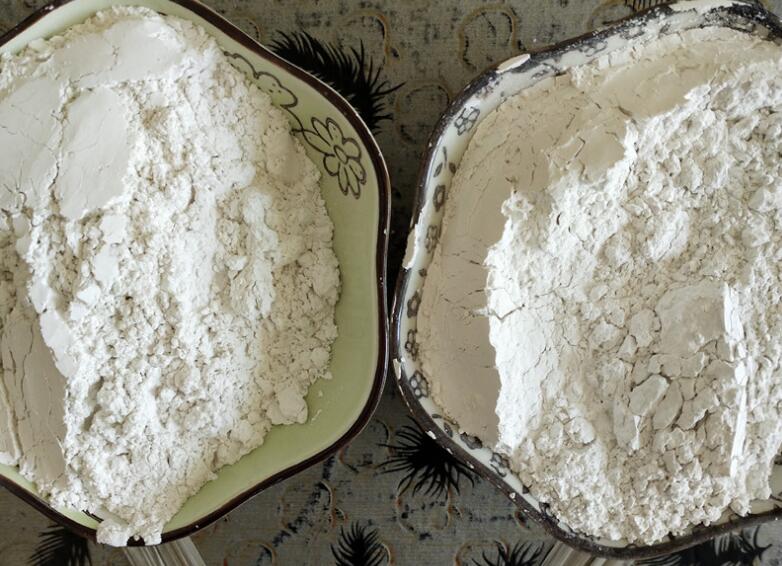Study on the process optimization of adsorption of Congo red by microporous spherical magnesium hydroxide

Microporous spherical magnesium hydroxide has great application potential in the field of water treatment due to its unique physical and chemical properties. This study focuses on optimizing the adsorption process of microporous spherical magnesium hydroxide on Congo red in water samples to achieve efficient dye removal.
Preparation of magnesium hydroxide
Preparation method: using raw materials such as magnesium sulfate, sodium hydroxide and ammonia water, synthesized under specific crystal control agents and reaction conditions.
Reaction condition control: Accurately control temperature, pH value and stirring speed to obtain ideal spherical morphology and pore structure.
Adsorption condition optimization
pH value: Study the effect of pH value on the charge state of Congo red and the surface properties of magnesium hydroxide.
Contact time: Determine the optimal time to reach adsorption equilibrium and analyze the adsorption rate and kinetics.
Adsorbent dosage: Evaluate the effect of different adsorbent dosages on adsorption efficiency.
Temperature: Investigate the effect of temperature on adsorption capacity and understand the relationship between temperature and adsorption force.
Stirring speed: Determine the optimal stirring conditions to ensure sufficient contact between the adsorbent and the water sample.
Initial concentration: Study the effect of different initial concentrations on the adsorption behavior of Congo red.
Adsorption kinetics and isotherm analysis
Kinetic model: Use pseudo-first-order, pseudo-second-order or internal diffusion control models to describe adsorption kinetics.
Isotherm model: Analyze adsorption type and maximum adsorption capacity through Langmuir, Freundlich and other models.
Regeneration and reuse
Regeneration method: Explore the regeneration technology of adsorbents to achieve recycling, reduce costs and waste generation.
Stability evaluation: Test the adsorption efficiency of adsorbents after multiple uses and evaluate their long-term stability.
Economic and feasibility analysis
Cost-effectiveness evaluation: Comprehensively consider cost factors such as raw materials, energy, and equipment investment.
Practical application considerations: Evaluate the operability and sustainability of the process to ensure the practical value of the technology.
The optimization of the adsorption process of Congo red by microporous spherical magnesium hydroxide not only improves the adsorption efficiency, but also provides a solution for the recycling and cost-effectiveness of adsorbents. This study provides an efficient and environmentally friendly adsorption material for dye wastewater treatment, which has important practical application value and market potential.








